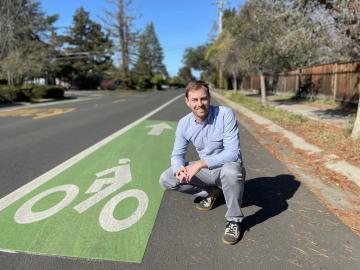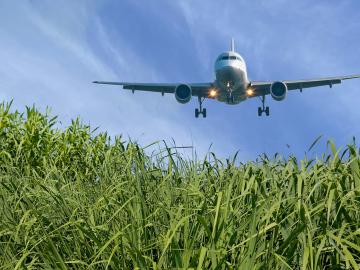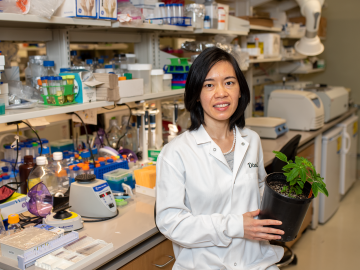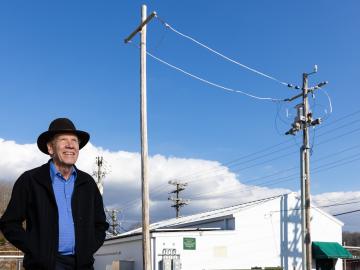
Filter News
Area of Research
- Biology and Environment (34)
- Computer Science (1)
- Electricity and Smart Grid (1)
- Energy Science (42)
- Fusion and Fission (21)
- Fusion Energy (4)
- Isotopes (17)
- Materials (26)
- Materials for Computing (2)
- National Security (15)
- Neutron Science (8)
- Nuclear Science and Technology (16)
- Quantum information Science (4)
- Supercomputing (29)
News Type
News Topics
- (-) Buildings (30)
- (-) Clean Water (16)
- (-) Grid (32)
- (-) Isotopes (33)
- (-) ITER (4)
- (-) Machine Learning (37)
- (-) Microscopy (23)
- (-) Nuclear Energy (66)
- (-) Quantum Science (48)
- (-) Space Exploration (13)
- 3-D Printing/Advanced Manufacturing (56)
- Advanced Reactors (12)
- Artificial Intelligence (77)
- Big Data (45)
- Bioenergy (68)
- Biology (80)
- Biomedical (42)
- Biotechnology (25)
- Chemical Sciences (35)
- Composites (11)
- Computer Science (111)
- Coronavirus (19)
- Critical Materials (5)
- Cybersecurity (14)
- Education (2)
- Emergency (3)
- Energy Storage (32)
- Environment (116)
- Exascale Computing (51)
- Fossil Energy (6)
- Frontier (44)
- Fusion (38)
- High-Performance Computing (81)
- Hydropower (6)
- Materials (51)
- Materials Science (55)
- Mathematics (8)
- Mercury (7)
- Microelectronics (3)
- Molten Salt (2)
- Nanotechnology (17)
- National Security (60)
- Neutron Science (82)
- Partnerships (36)
- Physics (34)
- Polymers (9)
- Quantum Computing (35)
- Security (16)
- Simulation (42)
- Software (1)
- Statistics (2)
- Summit (40)
- Transportation (30)
Media Contacts

What’s getting Jim Szybist fired up these days? It’s the opportunity to apply his years of alternative fuel combustion and thermodynamics research to the challenge of cleaning up the hard-to-decarbonize, heavy-duty mobility sector — from airplanes to locomotives to ships and massive farm combines.

A team of researchers has developed a novel, machine learning–based technique to explore and identify relationships among medical concepts using electronic health record data across multiple healthcare providers.

When Andrew Sutton arrived at ORNL in late 2020, he knew the move would be significant in more ways than just a change in location.

Unequal access to modern infrastructure is a feature of growing cities, according to a study published this week in the Proceedings of the National Academy of Sciences

ORNL scientists had a problem mapping the genomes of bacteria to better understand the origins of their physical traits and improve their function for bioenergy production.

David McCollum is using his interdisciplinary expertise, international networks and boundless enthusiasm to lead Oak Ridge National Laboratory’s contributions to the Net Zero World initiative.

The rapid pace of global climate change has added urgency to developing technologies that reduce the carbon footprint of transportation technologies, especially in sectors that are difficult to electrify.

A team of researchers working within the Center for Bioenergy Innovation at ORNL has discovered a pathway to encourage a type of lignin formation in plants that could make the processing of crops grown for products such as sustainable jet fuels easier and less costly.

Every day, hundreds of thousands of commuters across the country travel from houses, apartments and other residential spaces to commercial buildings — from offices and schools to gyms and grocery stores.

Bruce Warmack has been fascinated by science since his mother finally let him have a chemistry set at the age of nine. He’d been pestering her for one since he was six.


